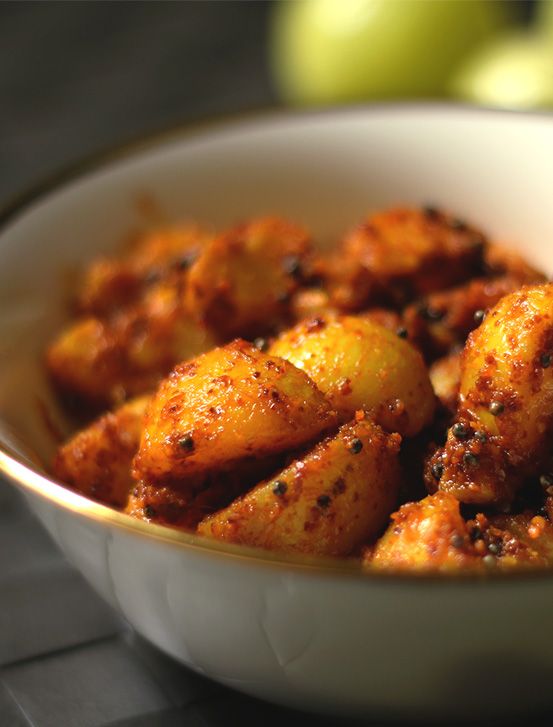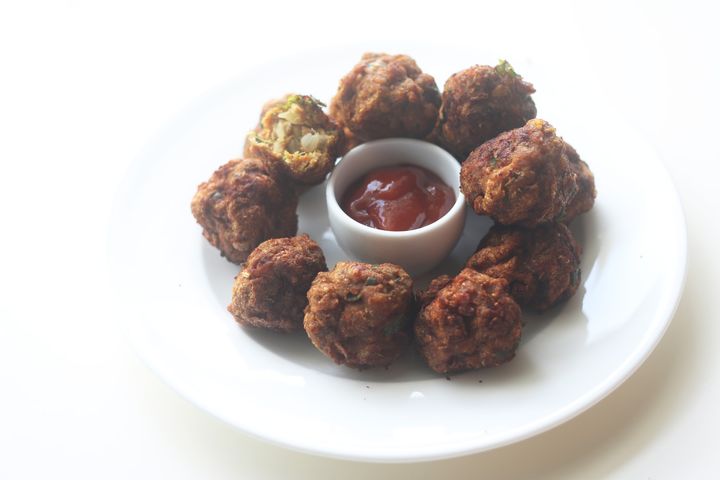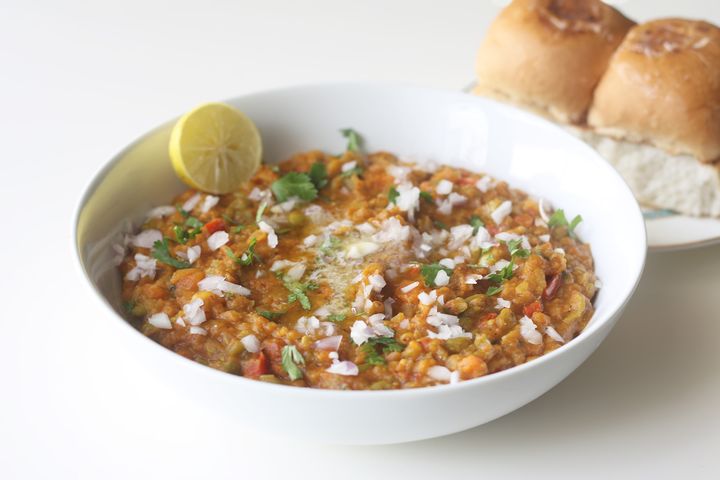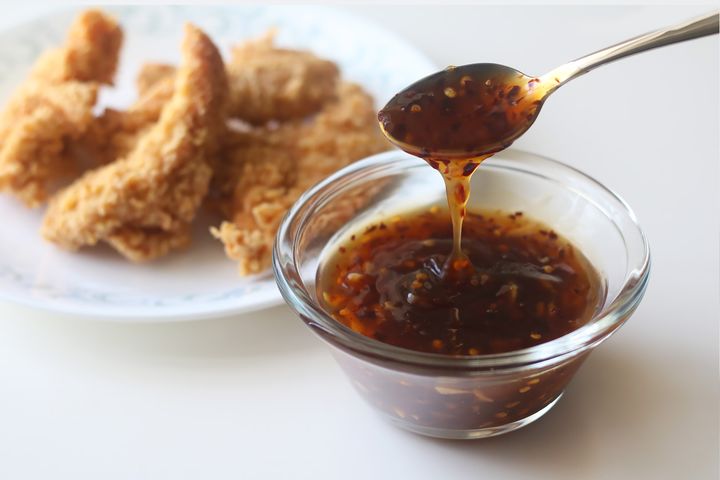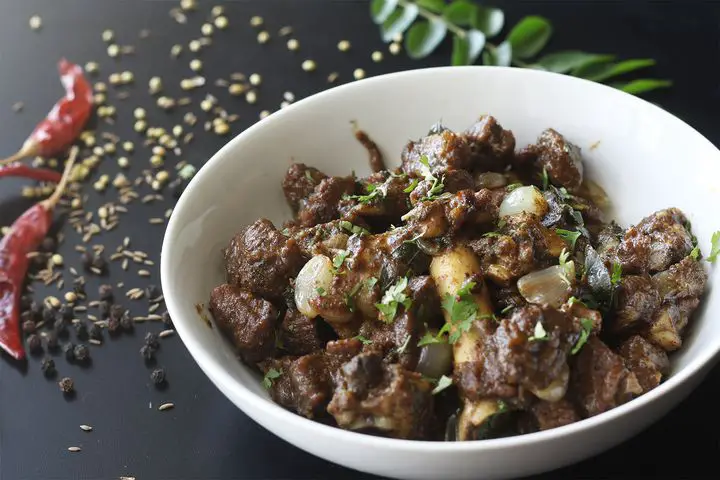Gooseberry Pickle
Gooseberry pickle is a delicious and tangy condiment that can add a burst of flavor to any meal.
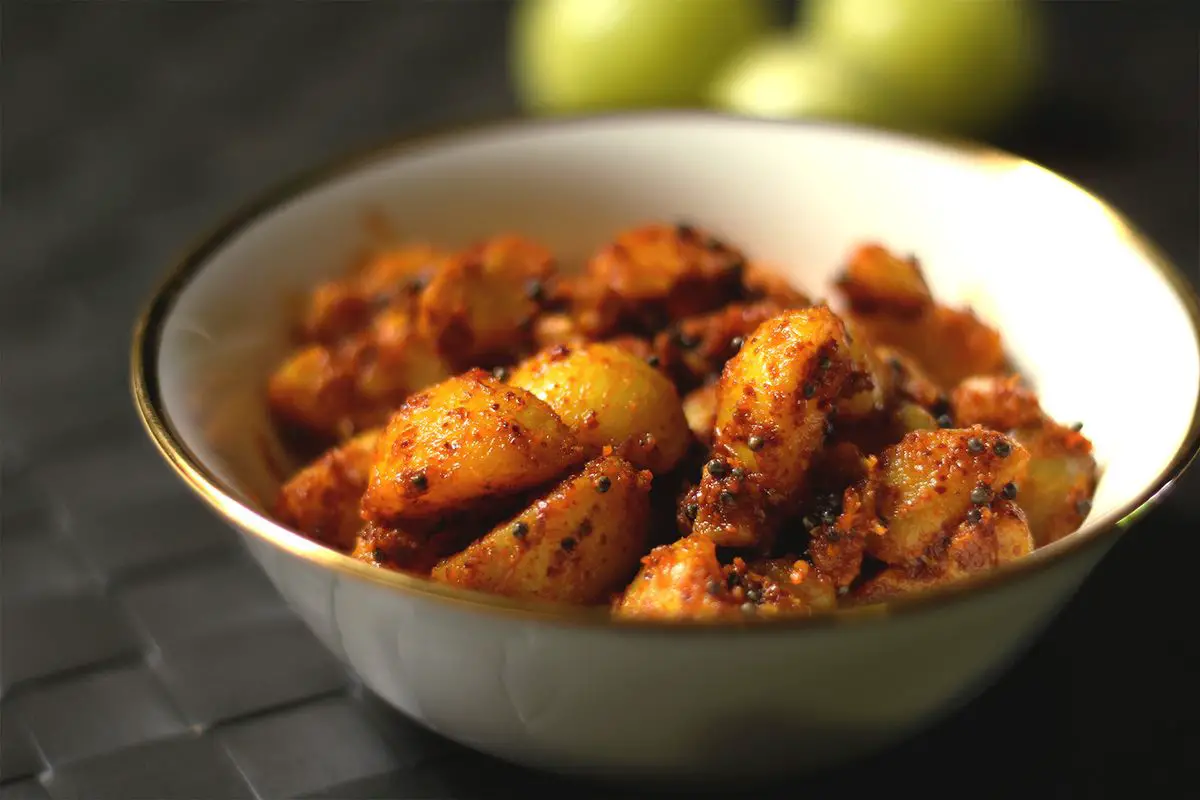
Welcome to The Indian Claypot! Today, we have a unique and delicious recipe for you - gooseberry pickle. This tangy and spicy pickle is a wonderful way to enjoy the health benefits of gooseberries, also known as amla or nellikkai. With simple ingredients and easy instructions, you can make this pickle at home and enjoy it with your favorite dishes. Let's dive into the recipe and see how to make this flavorful gooseberry pickle.
What Is Gooseberry Pickle?
- Gooseberry pickle, also known as amla pickle or nellikkai pickle, is a popular Indian condiment made from the tart and tangy gooseberries. This pickle is a delightful combination of succulent gooseberries with traditional Indian spices and unique seasonings, creating a flavor-packed accompaniment to any meal.
- The recipe calls for ingredients like roasted red chili powder, turmeric powder, asafoetida, salt, mustard seeds, and fenugreek seeds, which are carefully combined to enhance the natural flavor of the gooseberries. The result is a zesty and tangy pickle that adds a burst of flavor to your favorite dishes.
- Making gooseberry pickle is a simple process that involves steaming the gooseberries, removing the seeds, and then sautéing them with the spice mixture. The finished product can be stored in a glass bottle and refrigerated for up to a week, allowing you to enjoy the pickle with various meals throughout the week.
Whether paired with rice, roti, or as a condiment in sandwiches, gooseberry pickle adds a delightful punch of flavor to every dish it accompanies.
Why You'll Love Gooseberry Pickle?
- Delicious Texture: The gooseberry pickle has a unique texture that is both tangy and slightly crunchy, making it the perfect accompaniment to a variety of dishes.
- Health Benefits: Gooseberries are packed with essential nutrients like vitamin C, vitamin A, and antioxidants, which are known to boost immunity and promote overall well-being.
- Aromatic Flavor: The combination of roasted red chili powder, turmeric, and asafoetida creates a flavorful and aromatic experience that will tantalize your taste buds.
- Long Shelf Life: Once prepared, this pickle can be stored in the refrigerator for up to one week, making it a convenient and ready-to-eat addition to your meals.
- Traditional Recipe: This recipe follows the traditional method of pickling gooseberries, ensuring an authentic and timeless taste that will delight your palate.
- Versatile Use: Whether paired with rice, roti, or as a side dish, this pickle can elevate the flavor of any meal and add a delightful zing to your dining experience.
Ingredients for Gooseberry Pickle
- Gooseberry: Also known as amla or nellikkai, this fruit is the star ingredient of the pickle and provides a tangy and sour flavor.
- Roasted red chili powder: Adds a spicy kick to the pickle and gives it a vibrant red color.
- Turmeric powder: Contributes a warm, earthy flavor and adds a beautiful yellow hue to the pickle.
- Asafoetida: Enhances the overall taste of the pickle and adds a unique savory flavor.
- Mustard seeds: Provides a subtle nutty and slightly spicy flavor to the pickle.
- Olive oil or sesame oil: Serves as the base for the pickle, adding richness and depth to the flavor profile.
These ingredients come together to create a flavorful and tangy gooseberry pickle that is perfect for spicing up any meal.
How To Make Gooseberry Pickle?
Gooseberry pickle is a delicious and tangy condiment that can add a burst of flavor to any meal. Here's a simple recipe to make this tasty pickle at home.
- Begin by washing and pat drying the gooseberries or amlas. Then, steam them for about 10 minutes until they open up on their own.
- Once the amlas are cooked, allow them to cool. Then, separate the segments and remove the seeds from the center.
- While the amlas are cooling, dry roast the fenugreek seeds until they turn red in color. Then, grind them into a powder.
- Heat olive oil in a pan over medium heat. Add mustard seeds and let them splutter. Then, add the amla pieces and fry for one to two minutes.
- Next, add red chili powder, salt, turmeric powder, and asafoetida powder. Stir well for about 3 to 4 minutes.
- Turn off the heat and add the roasted fenugreek powder. Mix well.
- Once the pickle has cooled completely, store it in a glass bottle and keep it in the refrigerator for about one week.
The key to a flavorful gooseberry pickle lies in the proper steaming of the amlas and the roasting of the fenugreek seeds. These steps ensure that the pickle has the perfect balance of flavors and the right consistency for a delightful culinary experience.

Serving Suggestions
- Pair with Rice: Gooseberry pickle goes well with steamed white rice or jeera rice, adding a tangy and spicy kick to the meal.
- Accompany with Roti or Naan: Enjoy the pickle with freshly cooked roti or naan, enhancing the flavors of the dish.
- Serve with Yogurt: Balance the spiciness of the pickle with a side of cool and refreshing yogurt, creating a delightful contrast in taste.
- Include in a Thali Meal: Incorporate the gooseberry pickle in a traditional Indian thali meal, alongside other dishes like dal, vegetables, and chapati for a complete dining experience.
- Add to a Salad: Use the pickle as a condiment in a fresh and crispy salad, adding a unique flavor element to the dish.
- Pair with Indian Snacks: Serve the pickle with popular Indian snacks like samosas, pakoras, or bhajis for an added burst of flavor to the snacks.
Tips for Making Gooseberry Pickle
- Preparation Duration: The preparation of gooseberry pickle may take some time due to the steaming and cooling of the amlas, but it is an essential step for the pickle's flavor and texture.
- Cooking Techniques: When frying the amla pieces, make sure to fry them just the right amount to avoid them becoming too mushy or too crunchy. It's important to follow the cooking instructions carefully to achieve the perfect balance of flavors.
- Importance of Garnishing: Garnishing the gooseberry pickle with a sprinkle of roasted fenugreek powder not only adds a pop of color but also enhances the overall flavor and presentation of the pickle.
- Storage: Once the pickle has cooled completely, store it in a glass bottle and keep it in the refrigerator for about a week to allow the flavors to develop.
- Shelf Life: The gooseberry pickle can be stored for about a week in the refrigerator, so make sure to consume it within this time for the best taste and quality.
- Serving Suggestions: This gooseberry pickle pairs perfectly with traditional Indian meals such as rice, roti, or dosa, adding a tangy and spicy kick to your meal. Enjoy experimenting with different serving options to find your favorite combination.
Variations for Gooseberry Pickle
- Spicy Variation:
For a spicier version, increase the quantity of red chili powder or add in some chopped green chilies to the pickle mixture for an extra kick. - Sweet and Tangy Twist:
Add a little jaggery or brown sugar to the pickle mixture to balance out the heat and add a hint of sweetness to the pickle. - Herbal Infusion:
Experiment with adding fresh herbs such as curry leaves or mint leaves to the pickle mixture for a fragrant and flavorful variation. - Tangy Tamarind:
Include some tamarind pulp in the pickle mixture to enhance the tanginess and add depth of flavor to the pickle. - Nutty Addition:
Incorporate some crushed peanuts or cashews to the pickle for a crunchy texture and a nutty flavor profile. - Pickling Spices:
Try adding traditional pickling spices such as cloves, cinnamon, or cardamom for a unique twist on the classic gooseberry pickle recipe.
How to Store Gooseberry Pickle
- Proper Storage Is Key: After preparing the gooseberry pickle, it's important to store it properly to maintain its freshness and flavor.
- Use A Glass Bottle: Store the pickle in a clean, dry glass bottle. This will help to preserve the pickle and prevent it from spoiling.
- Keep It Refrigerated: It's essential to keep the gooseberry pickle refrigerated at all times. This will ensure that it stays fresh for a longer period.
- Use A Clean, Dry Spoon: When serving the pickle, always use a clean, dry spoon to prevent any moisture from getting into the bottle. This will help to maintain the quality of the pickle.
- Consume Within One Week: Gooseberry pickle should ideally be consumed within a week of preparation to enjoy its freshness and flavor to the fullest.
- Avoid Exposing To Air: To prevent the pickle from spoiling, make sure to tightly seal the bottle after every use to avoid exposure to air.
By following these simple storage tricks, you can ensure that your homemade gooseberry pickle stays fresh and delicious for as long as possible.
Frequently Asked Questions (FAQs)
What if I don't have access to fresh gooseberries?
- If fresh gooseberries are not available, you can use frozen ones as an alternative. Make sure to thaw them before using in the recipe.
Can I adjust the spice levels in the pickle?
- Yes, you can adjust the amount of red chili powder according to your spice preference. If you prefer a milder pickle, reduce the amount of red chili powder, and vice versa for a spicier pickle.
How long can the gooseberry pickle be stored?
- The gooseberry pickle can be stored in a glass bottle and refrigerated for up to one week. Make sure to seal the bottle properly to prevent spoilage.
Can I use a different type of oil for this pickle?
- Yes, you can use olive oil or sesame oil as mentioned in the recipe. Feel free to use any other cooking oil of your choice, keeping in mind that it may slightly alter the flavor of the pickle.
Can I skip the fenugreek seeds in the recipe?
- The fenugreek seeds add a distinct flavor to the pickle, but if you don't have them or prefer not to use them, you can omit them from the recipe.
How can I ensure the pickle stays fresh for a longer period?
- Make sure to use clean and dry utensils when handling the pickle, and always use a dry spoon to scoop out the pickle from the jar. This will help in maintaining the freshness of the pickle for a longer period.
Recipe Card
Gooseberry Pickle
Gooseberry Pickle 2019-09-02 04:18:22

Serves 15 Print
Prep Time 00:10
Cook Time 00:20
Total Time 00:30
Ingredients
- 250 grams gooseberry / amla / nellikkai (10 to 15 nos.)
- 4 tsp roasted red chili powder or red chili powder
- 1/2 tsp turmeric powder
- 1/4 tsp asafoetida
- 2 tsp salt
- 1/2 tsp mustard seeds
- 1/4 cup olive oil or sesame oil ( I used olive oil)
For Pickle Masala
- 2 tsp fenugreek seeds
Instructions
- Firstly, wash and pat dry amlas or gooseberries or nelikkai.
- Steam them for about 10 mins in idly pot or in a steamer or until they opened up by itself.
- Place the cooked amlas on a plate and cool down.
- After they cooled, open the amla by separating the segments and remove the seed from the center and keep them aside.
- Meanwhile, dry roast the fenugreek seeds until they turn red color. Switch off the heat and allow it to cool, and then grind it to powder.
- Heat a pan over medium heat, add olive oil.
- When the oil heats, add in mustard seeds and let it splutter.
- Then add amla pieces and fry for one to two minutes.
- Also, add red chili powder, salt, turmeric powder, asafoetida powder and stir well for about 3 to 4 mins.
- Switch off the heat, and add in 1/2 tsp roasted fenugreek powder, mix well.
- After it cools completely, store it a glass bottle and keep it in refrigerator for about one week.
Notes
- For any pickle, you can use the remaining roasted fenugreek powder. Because it adds lots of flavor.
- You can also use this powder when you prepare tamarind rice or tomato rice.
By Santhi Therese The Indian Claypot
https://theindianclaypot.com/
